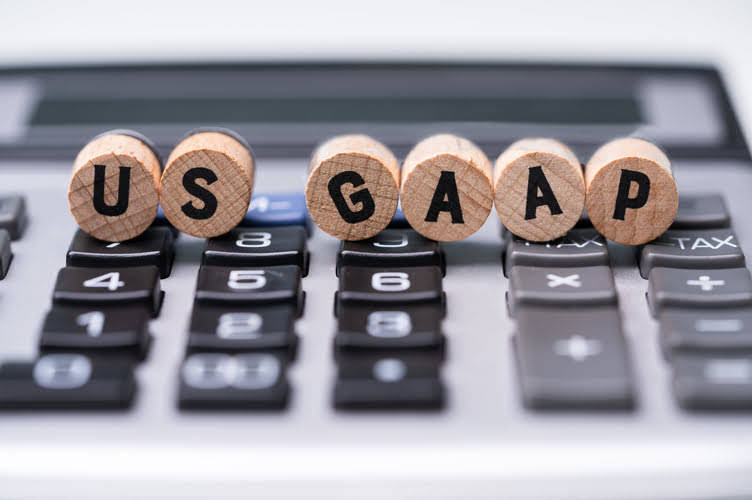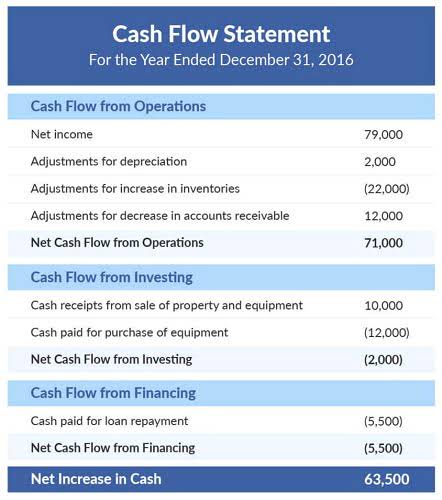
This implies that the company takes on more debt to finance its operations, potentially aiming for rapid expansion or higher returns. However, this also signals a higher level of financial risk, which might be a red flag for conservative investors. Apple, known for its strong brand and huge cash reserves, traditionally has a low equity multiplier. This suggests that Apple doesn’t rely heavily on debt to finance its operations. It leans more toward using its equity, i.e., money from shareholders or reinvested profits.

Simply put, a company that can borrow money to invest in high-yielding projects could offer you a higher return on your equity. If the investments don’t pan out, the losses are also amplified, making the investment riskier. You’ve come a long way in understanding the ins and outs of the equity multiplier. It’s a powerful financial ratio that shows how much of a company’s assets are financed by shareholders’ equity as opposed to debt. While a high equity multiplier can indicate high financial leverage, a low one often suggests lower risk but potentially lower returns as well.
Understanding the Equity multiplier
In some cases, it could mean the company is unable to find lenders willing to loan it money. A low equity multiplier could also indicate that a company’s growth prospects are low because its financial leverage is low. When evaluating multiple companies as potential investments, investors can use the equity multiplier to compare companies in the same sector or to compare a specific company against the industry standard.
Understanding what this number represents can provide invaluable insights into a company’s financial health and strategies. A low equity multiplier implies a relatively small amount of debt (as the share of assets financed by shareholders’ equity is relatively high). Conversely, a high ratio suggests a relatively high amount of debt (since the share of assets financed by shareholders’ equity is relatively low). The equity multiplier is a financial ratio used to measure how a company finances its assets.
The Crucial Role of Equity Multiplier Total Assets
In contrast, a low equity multiplier could imply less financial risk, suggesting that the firm could take on additional debt responsibly. In the formula above, there is a direct relationship between ROE and the equity multiplier. the equity multiplier is equal to Any increase in the value of the equity multiplier results in an increase in ROE. A high equity multiplier shows that the company incurs a higher level of debt in its capital structure and has a lower overall cost of capital.
Differences in business models mean that higher financial leverage does not necessarily indicate superior financial health. Equity multiplier can compare the financial leverage of different companies. A company with a higher equity multiplier is more leveraged than a company with a lower equity multiplier. The equity multiplier is a great way to calculate the value of an equity investment. It is calculated by dividing the company’s valuation by the number of shares you own.
What Is the Equity Multiplier?
This can range from cash and inventories to buildings, land, and intellectual property. All of these are found on the company’s balance sheet under the “Assets” section. They are categorized as either current assets, which can be easily converted to cash within a year, or non-current assets, which can’t. Together, these represent the financial resources a company has at its disposal for operations and investment. Let’s assume Company A has a total asset value of $100,000 million, and Company B has total assets at $250,000 million. For these companies, the shareholders’ equity from the financial reports of the past year was $75,000 for company A and $100,000 for company B.
The equity multiplier was thus 4.41x (366.6 ÷ 83.2) based on these values. Consider Apple’s (AAPL) balance sheet at the end of the 2021 fiscal year. The company’s total assets were $351 billion, and the book value of shareholders’ equity was $63 billion. Because their assets are generally financed by debt, companies with high equity multipliers may be at risk of default. On the other hand, a low equity multiplier ratio doesn’t necessarily negate the risk factor of investing in a company. Sometimes, creditors turn down loan requests of struggling companies who do not have enough equity to fund their operations.
Shareมี.ค.

About the Author: